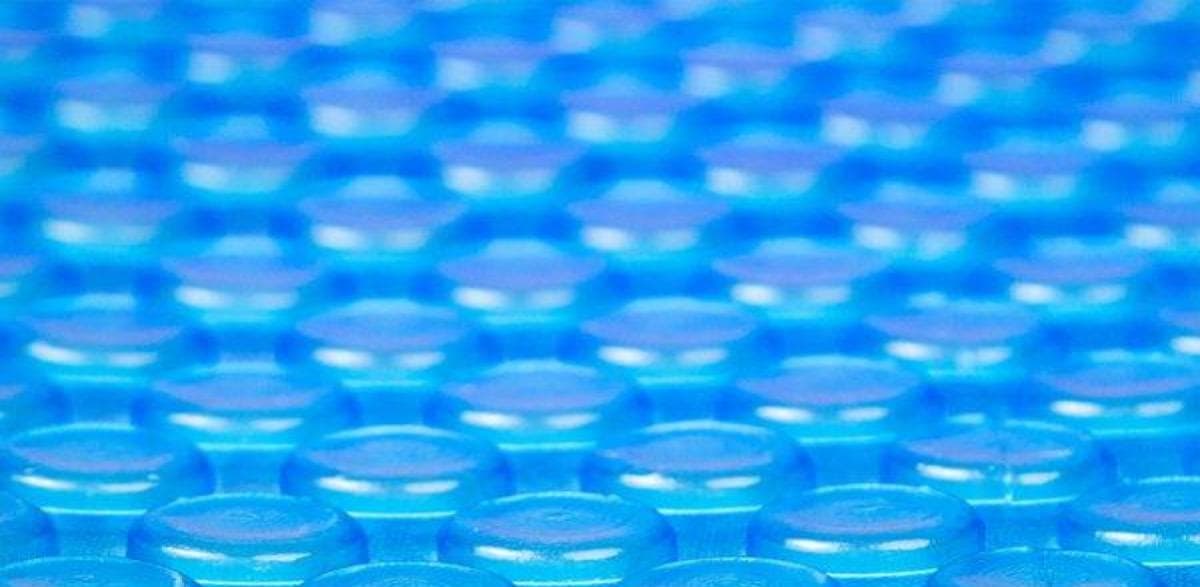How to Be A Responsible Pool Owner and Save Water During a Drought

Pool ownership is largely a personal joy, but it also comes with some social responsibilities too. Being in the middle of a drought is one of those times.
There is an argument to make that pool owners use less water on average than if that area was a lawn. In fact, many studies show that after the initial fill, a standard-sized swimming pool uses one-third less water than a similarly sized, irrigated lawn. Pools generally save water over time.
However, the optics of topping off a pool when neighbors and communities are conserving water can be a little gray. So, being the responsible pool owner that you are, here are some general tips to conserve water in your pool during a drought.
Check Local Municipality Rules
During a drought watch, most local towns and municipalities will send out general guidelines, tips, or instructions on how to conserve water. In other instances when a drought warning or emergency is declared, they will pass restrictions on overall water use.
Keep an eye out to see what the regulations are on pools. Usually, pools are one of the last restricted items, but it is always good to check and see what your town officials are saying.
Fix any Leaks or Cracks
Pool leaks from cracked pipes or surfaces are one of the major sources of water loss in a pool. In fact, a standard-sized pool can lose about 29,000 gallons of water from a leak as small as 1/4 inch.
If you are aware of any leaks or other related issues, it’s best to fix them now
Avoid Draining the Pool For Any Reason
Now would not be the time to schedule a plaster resurfacing or acid wash for the pool. If it was scheduled prior to a drought becoming an issue, then refer back to municipality rules on a full refill of water.
Try to avoid any draining and refilling of the pool for any reason. Even if your cyanuric acid (CYA) is unmanageable and needs attention, see if there is a way to increase free chlorine (FC) for the time being. Obviously, if you are experiencing an algae bloom and chlorine is not working because of high CYA, then a partial drain may be inevitable.
Use a Pool Cover to Reduce Evaporation
A pool cover will be the number one way to prevent water loss due to evaporation. Some can reduce evaporation by 95%! Depending on the type of cover that is used, they can also provide additional benefits like cleaner water, maintaining more heat, and potentially reducing energy demands from pool equipment.
In fact, some energy and water companies will offer credits and discounts on pool covers and solar blankets. Check your local providers to see what kind of incentives they might provide.
Turn Down the Water Heater
Lowering the water temperature is a good way to reduce the overall evaporation of water. While evaporation as a whole is unavoidable, warmer water will experience evaporation more rapidly.
Scientifically speaking, warm water has faster-moving molecules that vaporize more easily. Plus, isn’t it a bit more fun to jump into 75° F water anyway?
Shut Off Water Features
Waterfalls, sprayers, and fountains provide a certain pop when they are in use. However, they also are big contributors to overall water loss due to evaporation. These all increase the amount of exposure water has to the air and sunlight which ultimately leads to loss of water.
When there is nobody around or the pool isn’t in use, turn them off. This will also save energy on the pool pump that is required to run these features.
Being a Good Community Member!
A drought is hard on everybody involved. Conserving water is a really tough task to do. It doesn’t mean that you have to just sit in the shallow end, and not do cannonballs. The pool is still there to have fun in with friends and family. Just be sure to follow any local guidelines and be considerate of the overall climate. And don’t just sit in the shallow end, that’s just weird!
